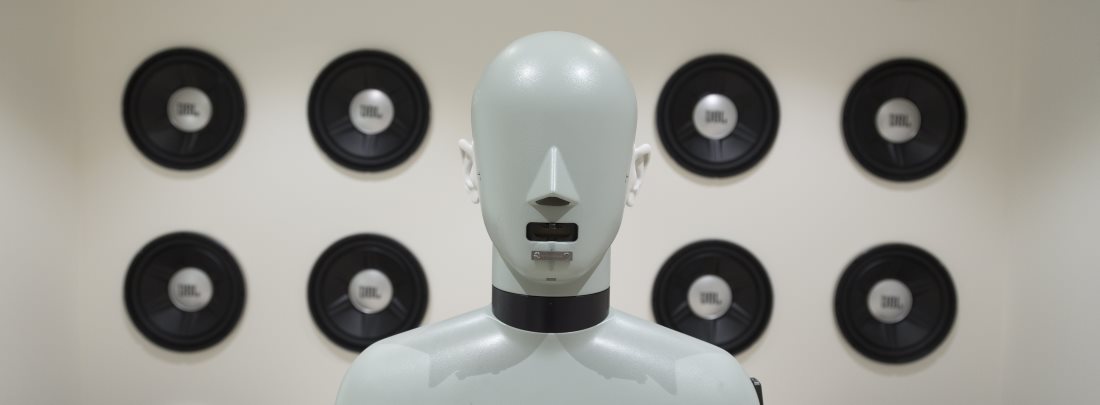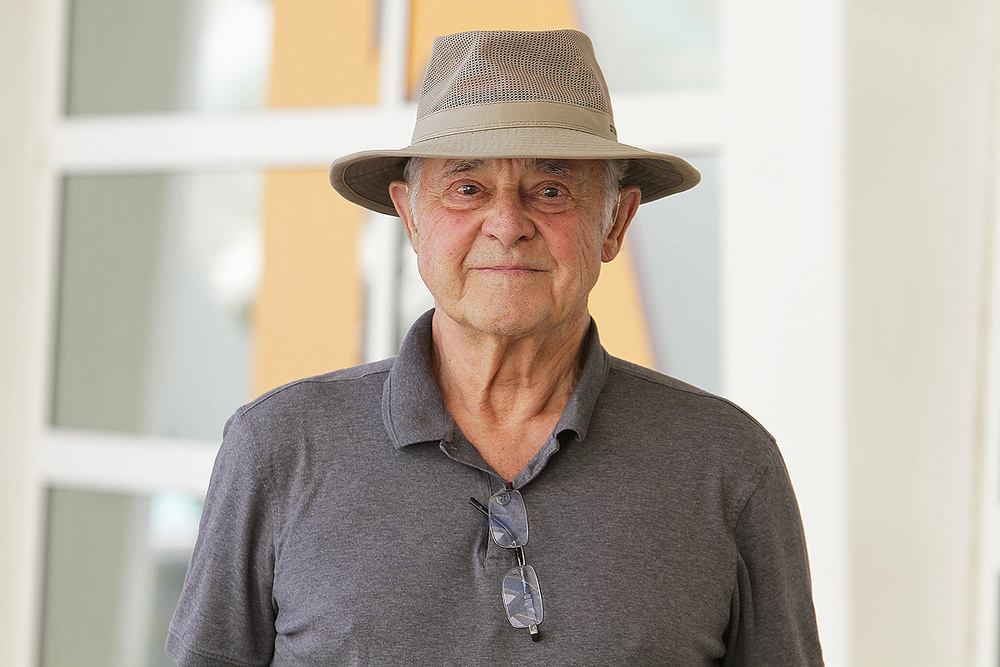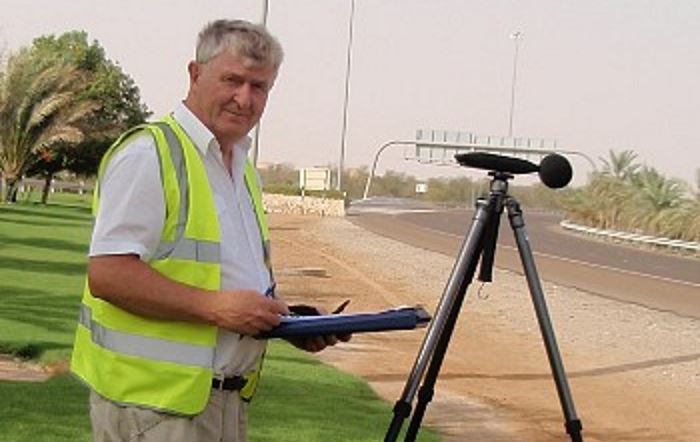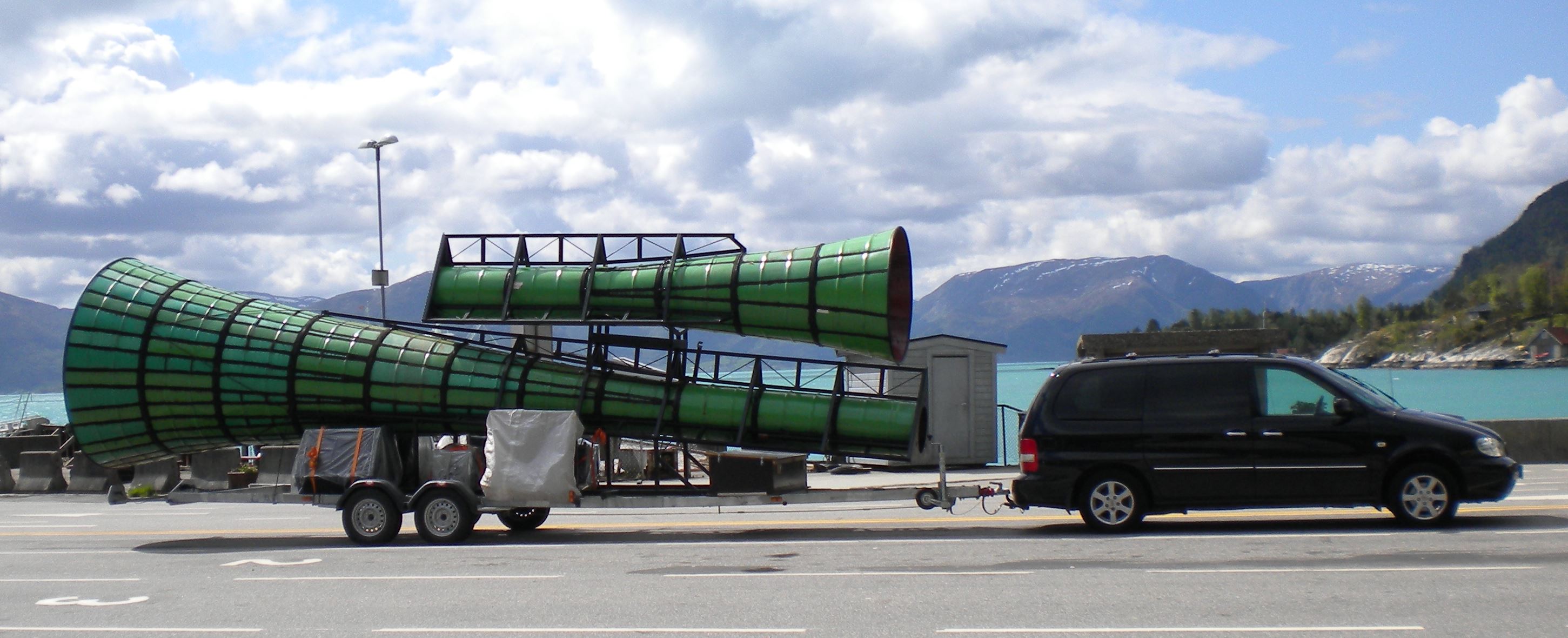CNOSSOS-EU is a new European calculation method for noise levels from road traffic, railway traffic and industry sources. The method is described in the EU Directive 2015/996. Its objective is to ensure that a uniform method is used throughout Europe to calculate noise levels for area planning and action plans to protect the populations’ health from excessive noise levels.
As CNOSSOS-EU deviates from the current noise calculation methods in Norway, this must be amended to fit current Norwegian policies. On behalf of the Norwegian Environment Agency (Miljødirektoratet) SINTEF has written a report that describes how 1/3 octave resolution can be introduced in CNOSSOS-EU which CNOSSOS-EU in its current state does not support. The report can be found here:
SINTEF-report-2021-00435-Adaptations-of-Cnossos-from-octave-bands-to-third-octave-bands
If you have any comments, feel free to reach out: acousticsresearchcentre@gmail.com
Please note that some of the coefficients have been updated in July 2021.









